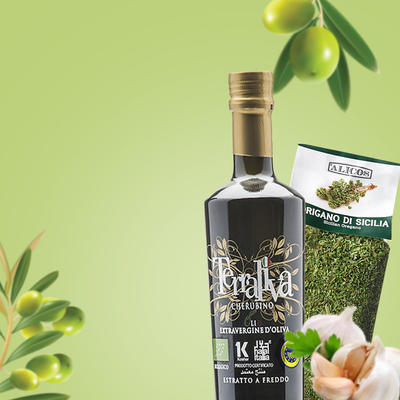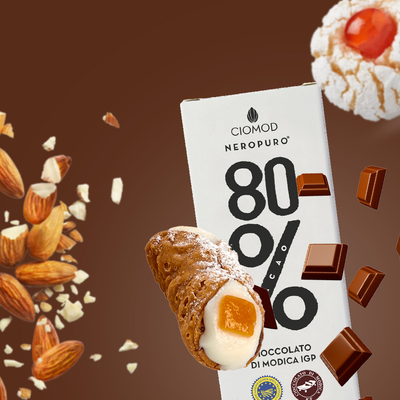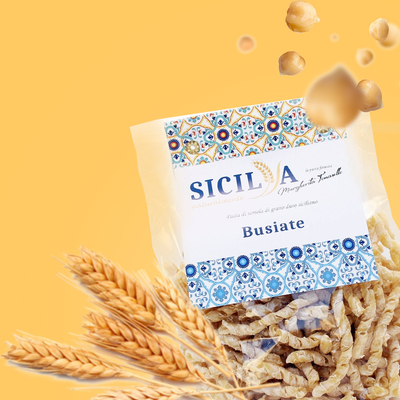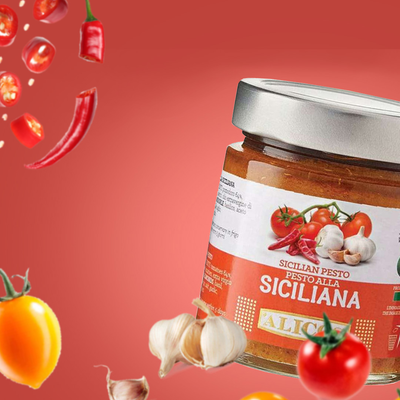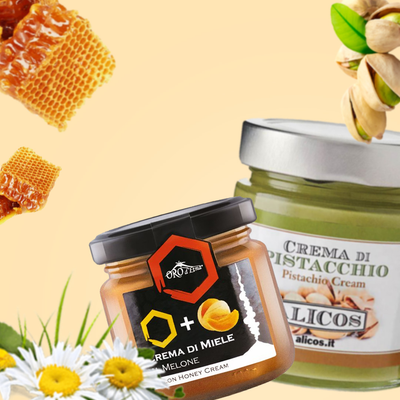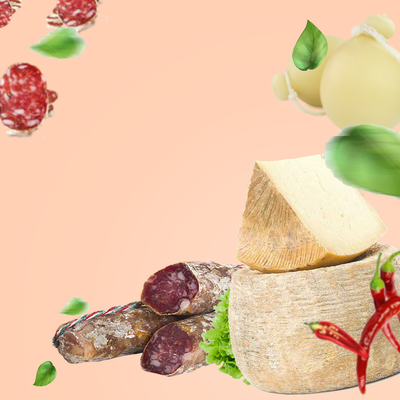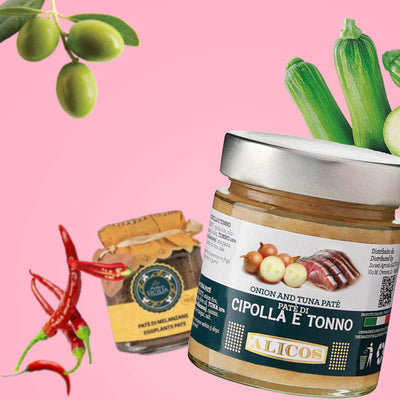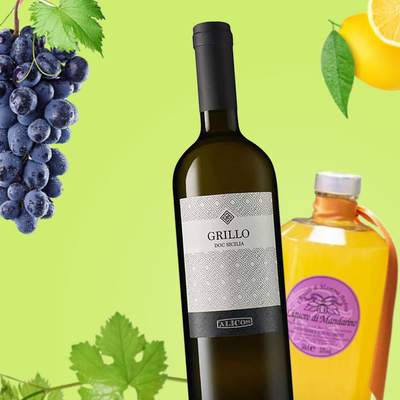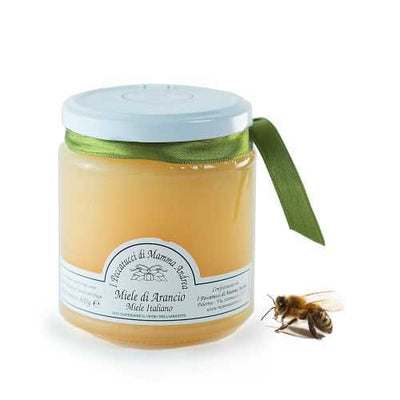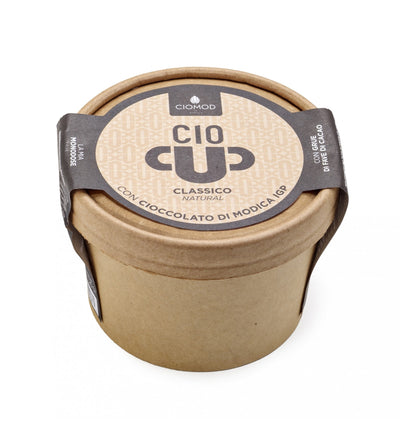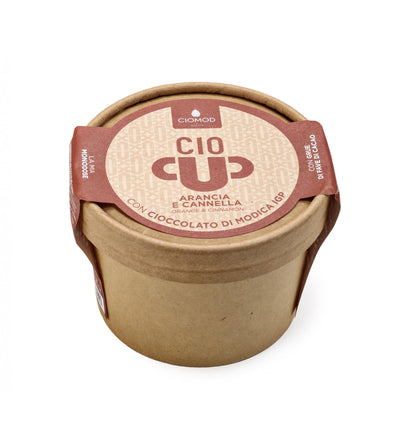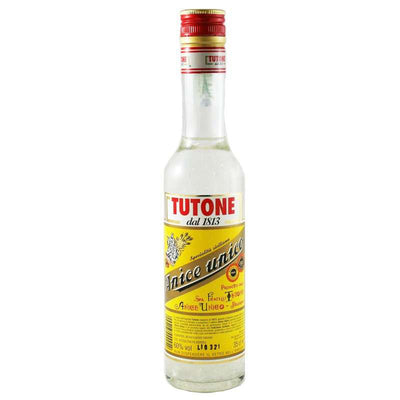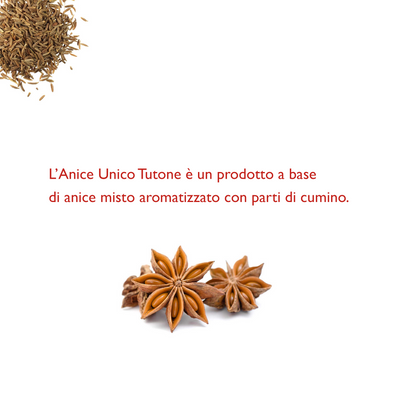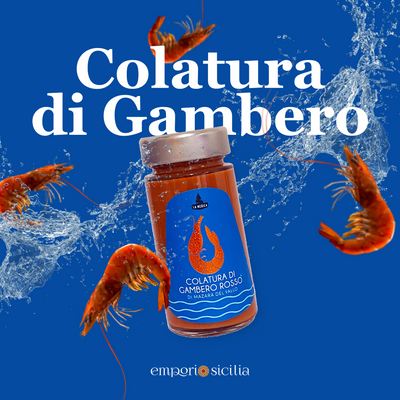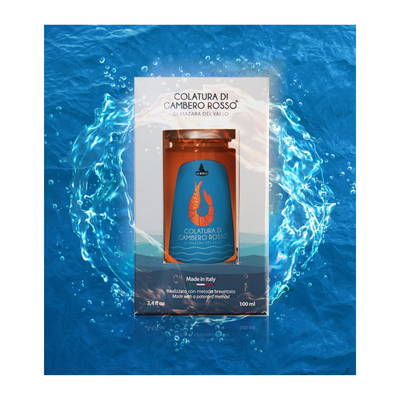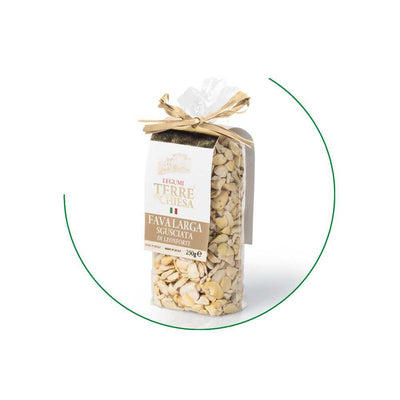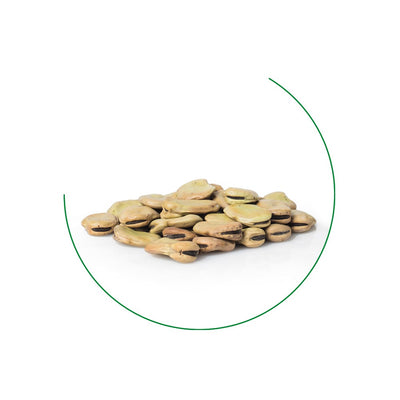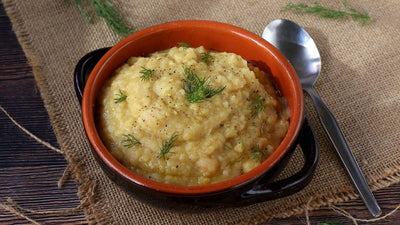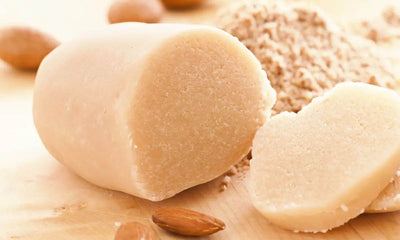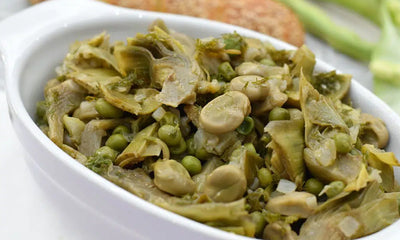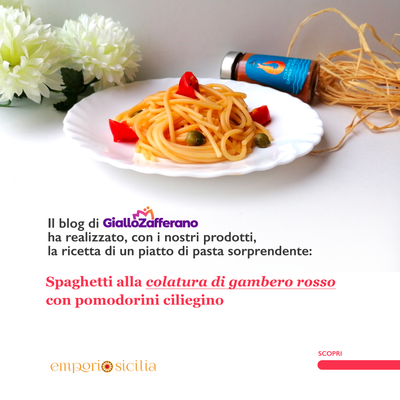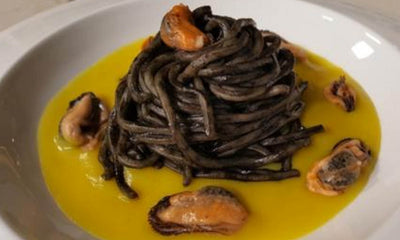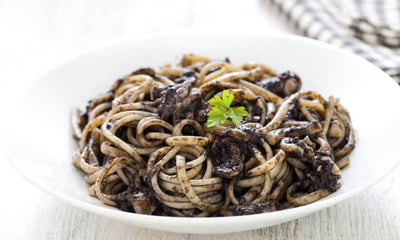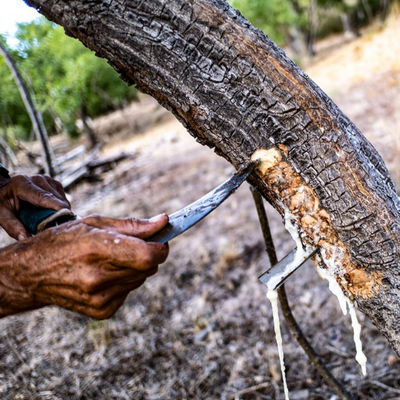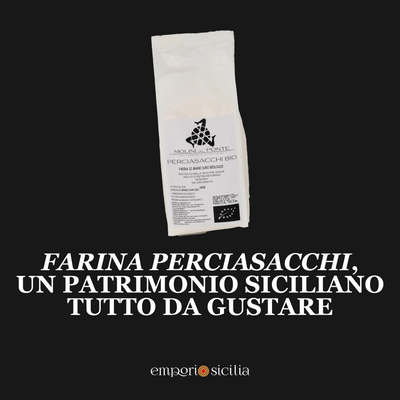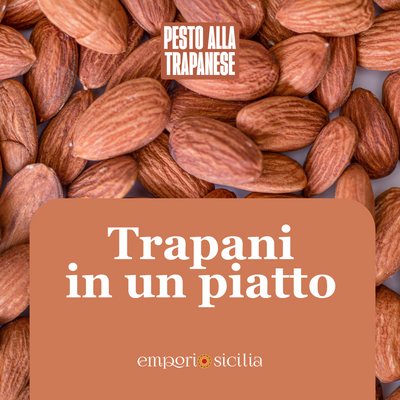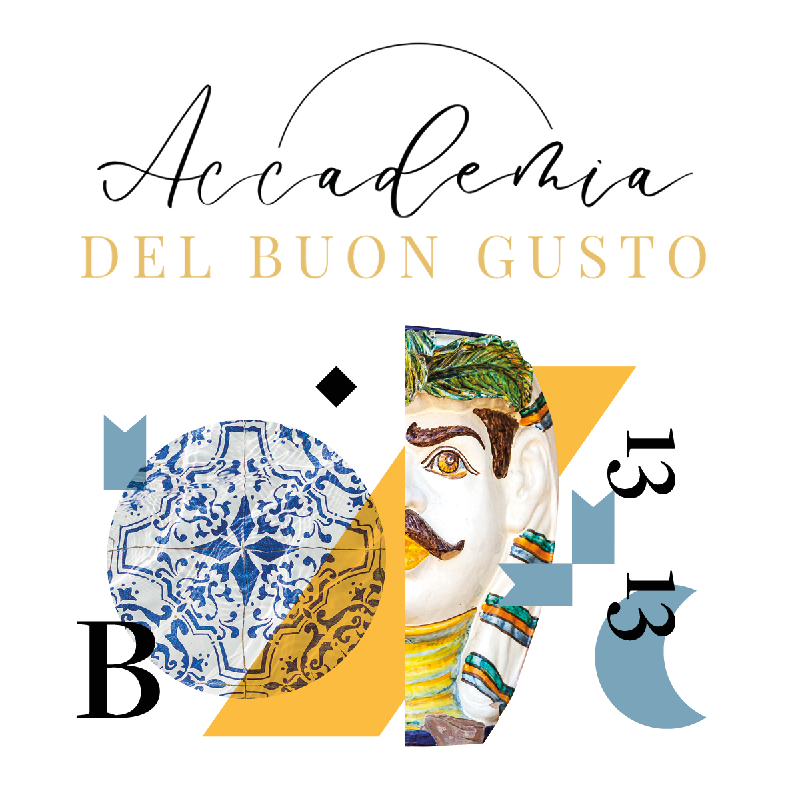Sicilian panelle are nothing more than chickpea flour pancakes , served inside typical Sicilian bread, whose crust is covered with sesame seeds. Often, they are accompanied by potato croquettes, or any other fried specialty.
Sicilian panelle: a very ancient history
The origin of the panelle dates back to a period between the 9th and 11th centuries. At the time, Sicily was dominated by Arabs who, fantastic cooks and excellent cooking experts, began to experiment with new recipes. In particular, by grinding chickpea seeds, they obtained a flour which, mixed with water and subsequently cooked, was transformed into a raw dough. Thus, from a small and thin pastry obtained from the same, the famous panella was born in Palermo, which everyone could enjoy and with which the people were able to feed themselves.
Consequently, together with the panella, the figure of the "panellaro" arose, one of the most famous in Palermo culture. On the street corners, together with a cart inside which there was a stove and a saucepan full of oil for frying, the panellaro sold his panelle while they were still hot.
Today panelle represent the characteristic snack of the Palermo area , but, above all, they are the typical dish of the day of Saint Lucia , during which they are offered filled with yellow cream and with icing sugar.
Ingredients (for approximately 50/60 panels)
- 500 g of chickpea flour
- 1½ liters of water
- Parsley (to taste)
- Salt to taste)
- Seed oil (to taste)
Method
Mix the chickpea flour little by little in a pan where the water was previously poured. Add salt and mix well with a whisk to avoid the formation of lumps. Place everything on the heat and cook over medium-high heat , stirring constantly until the mixture begins to puff.
Turn off the heat and add the parsley . Quickly spread the mixture with a spatula until hot. Let the preparation rest for at least two hours , cut the panelle and fry in hot oil.
NB to flatten ½ kg of chickpea flour, the oven tray and 2 large baking trays are sufficient.



